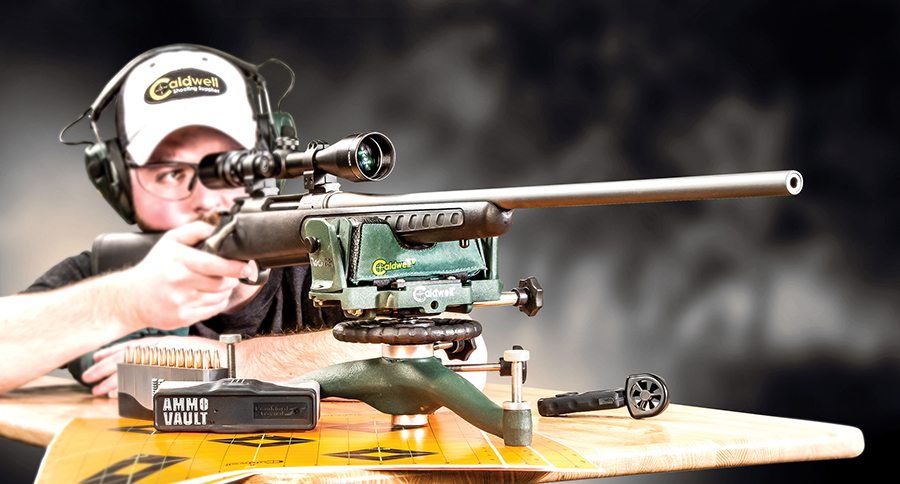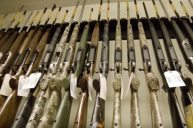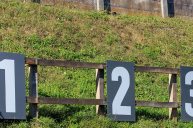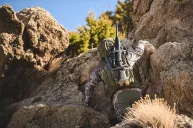When your heart is racing and you can feel your pulse in your brain, make sure you have what it takes to make that shot.
We found seven long-range marksmen who shared their tips for those who rise to the challenge of this demanding and rewarding skill.
1. John Whidden: "Depending on the day, I go to the firing line with a different mentality. On the days when the wind is changing a lot, you have to accept that you're not going to shoot your very best shots, but you have to get your shots off in a timely manner."
In other words, when the weather is less than ideal, flex with it. Make a "good" shot when the wind is what you expect, rather than blowing your opportunity by trying to be a perfectionist. Sound advice from a National High Power Long Range champion.
2. Ryan Cleckner: As you pull the trigger, think of your follow through as "drawing a line in the dirt."
There's something to be said for casting fundamentals in a new, creative light like this. A long range shot involves the most focused follow through possible to stay on target. Cleckner recommends thinking about drawing a straight line in the dirt with your finger, applying even pressure all the way from beginning to end to follow through long after the shot goes off.
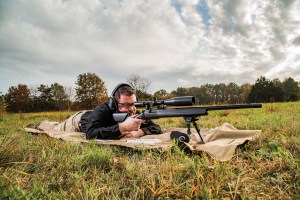
A good shooting mat goes a long way toward strong focus while prone shooting.
3. Bob Beck: Especially if you plan on hunting in the winter and fall, cold bore test your rifle.
You better believe your shots will vary if you've just put a handful of hot rounds through your barrel. By shooting no more than two shots before letting the rifle cool down, you can ensure your data is accurate when you're about to make the shot of a lifetime with a cold rifle.
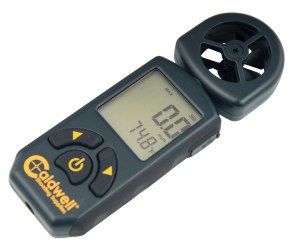
The Caldwell® CrossWind™ Professional Wind Meter was designed to be the best wind meter on the market for ballistic application.
4. Drew Perez: "Dope" your rifle.
Know your wind drift and drop based on your zero. You'll need to know muzzle velocity and bullet ballistic coefficient at minimum. There are lots of good ballistics calculators out there to get this data. Print out a find drift and bullet drop chart and tape it to your rifle or carry it with you.
Oh yeah, and practice, practice, practice! Learn to judge distance and wind speed from local environmental tells.
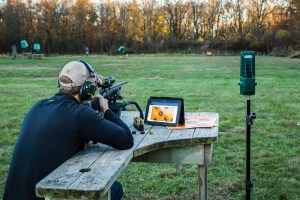
A long range target camera system is a great way to make big strides with your marksmanship.
5. Caylen Wojcik: "A lot of shooters have a misunderstanding of what natural point of aim is... it's where the weapon lays naturally when you are in position behind it. We want our weapons to lay on target, on our intended point of aim, completely naturally, without any input from muscular tension of the shooter."
"So," Wojcik continues, "the rifle is becoming an extension of our body."
Can it ever be said better than that? That's a career USMC scout sniper for you: getting straight to the point with wisdom and tremendous humility.
6. Tiborasaurus Rex: When shooting prone with a bipod, make sure to "load the bipod" by applying a little bit of forward pressure.
This will help not only ensure your first shot is more accurate by limiting any small changes in the rifle's position, but it will also help you maintain the tension you need to reacquire your target and shoot again.
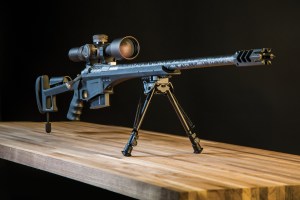
Use a lightweight, stable and adjustable bipod like this one from Caldwell.
7. Walt Wilkinson: "A master shooter is someone who has mastered the fundamentals. That's the main thing right there. Body position, natural point of aim, trigger control, breathing."
As a world champion .50 cal 1,000-yard shooter and retired sergeant major, any advice he gives is solid gold. This comment of his only goes to show, once again, that it's always about the basics. No matter how many tips we dig up, all great marksmen know there's no special secret to success: it's about how well you know your fundamentals.
